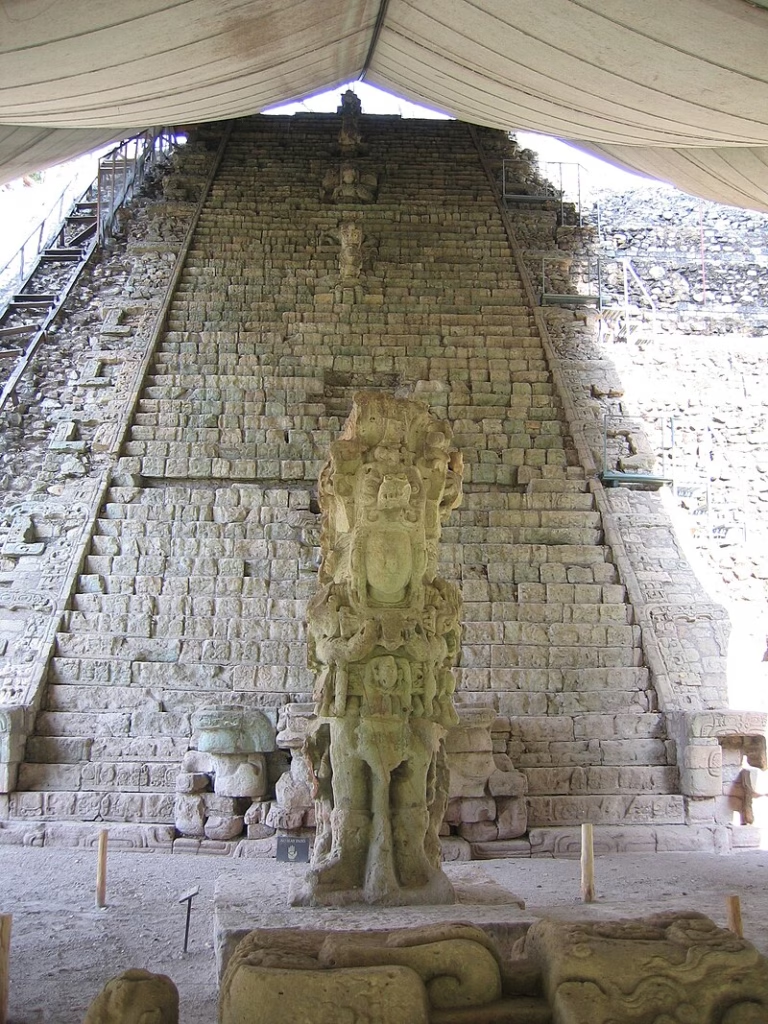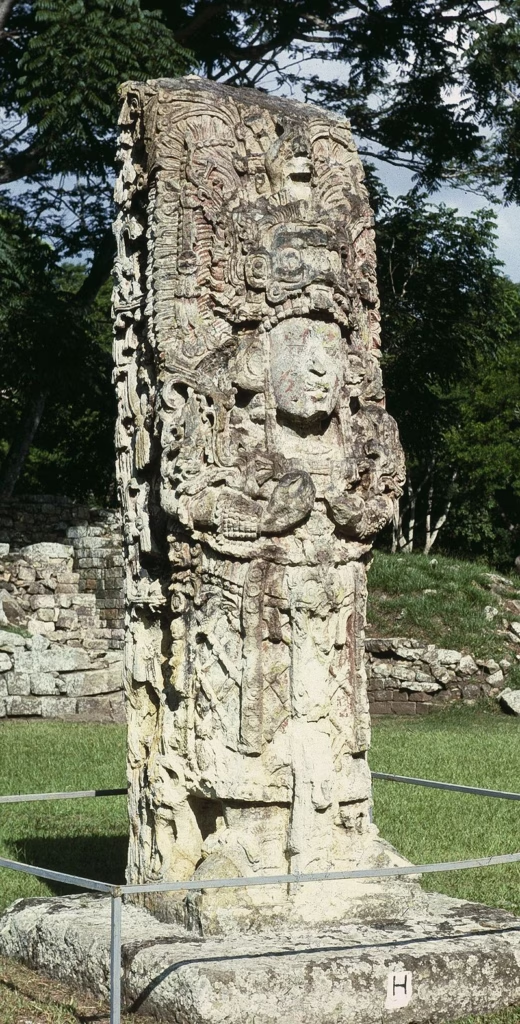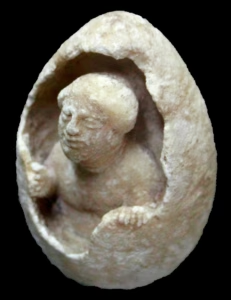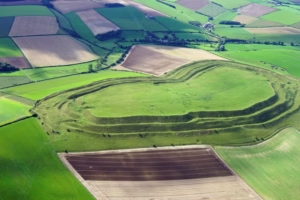New genomic research from the ruins of Copán—a UNESCO World Heritage Site in Honduras—is shedding fresh light on one of history’s great enigmas: the collapse of the Maya civilization.
Copán flourished between the 3rd and 10th centuries CE, during what historians call the Classic Maya period. For over 400 years, it served as a major hub connecting Lower Central America to the south. Yet, despite its significance, the reasons behind the city’s—and the broader Maya civilization’s—decline have remained a mystery.
Genetic Evidence Traces Maya Origins
A recent study published in Current Biology has offered new insights by analyzing the genomes of seven ancient individuals uncovered in Copán’s archaeological zone, including one believed to be a member of the royal elite. For the first time, scientists were able to explore the genetic origins and social dynamics of Copán’s population during the height of its power.

The findings suggest that the people of Copán had deep genetic ties to populations in the north, particularly present-day Mexico and Belize. These interregional connections had long been hypothesized, but this is the first time they’ve been confirmed through DNA evidence. The study also revealed strong genomic links between ancient Copán residents and modern-day Maya populations, as well as genetic affinities with contemporary groups in the Andes, Brazil, and Argentina.
A Dramatic Decline in Population
Perhaps the most striking discovery was evidence of a dramatic population decline around 1,200 years ago. This timeline aligns with the broader downturn experienced by many other Classic Maya cities during the Late Classic period (roughly 800–1000 CE).
Researchers point to a combination of factors behind the collapse: prolonged droughts, internal conflict, and increasing social instability. These challenges appear to have overwhelmed the once-thriving Maya urban centers, including Copán.

Interestingly, while a similar demographic dip was observed in the Andes during this period, populations in that region later recovered—likely paving the way for the rise of the Inca Empire.
A Civilization in Crisis
“Estimates of effective population size show a clear decline toward the end of the Classic period,” the study notes, “reflecting widespread instability and eventual collapse across Maya society.”
These revelations underscore how environmental pressures and social unrest can unravel even the most sophisticated civilizations. And thanks to advances in genetic research, archaeologists are now able to piece together these stories not only through stone monuments and inscriptions—but through the DNA of the people who once called these cities home.
Cover Image Credit: An ancient monument located in the archaeological site of Copán, Honduras, serving as a significant example of Maya civilization’s history. (AFP via Getty Images)





